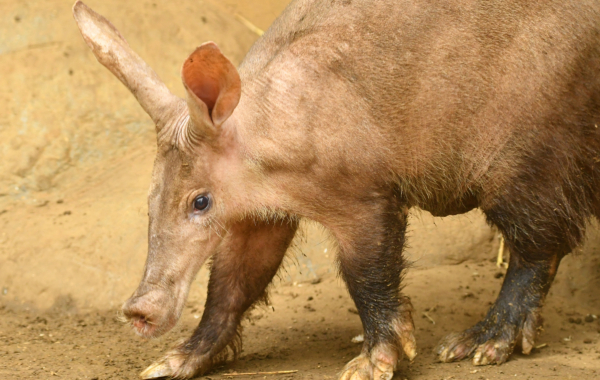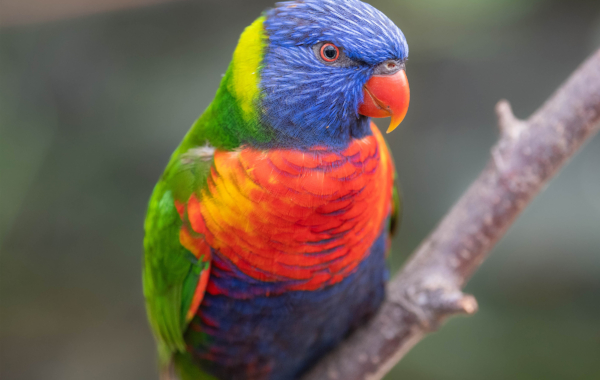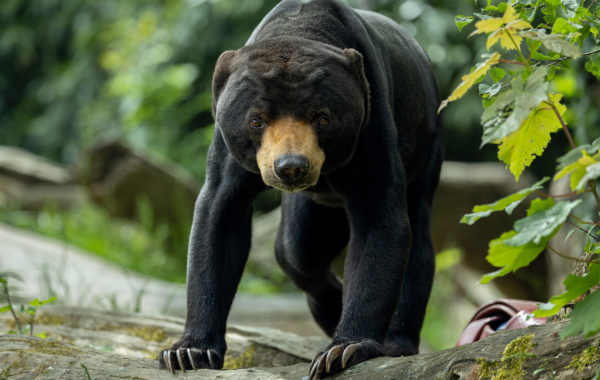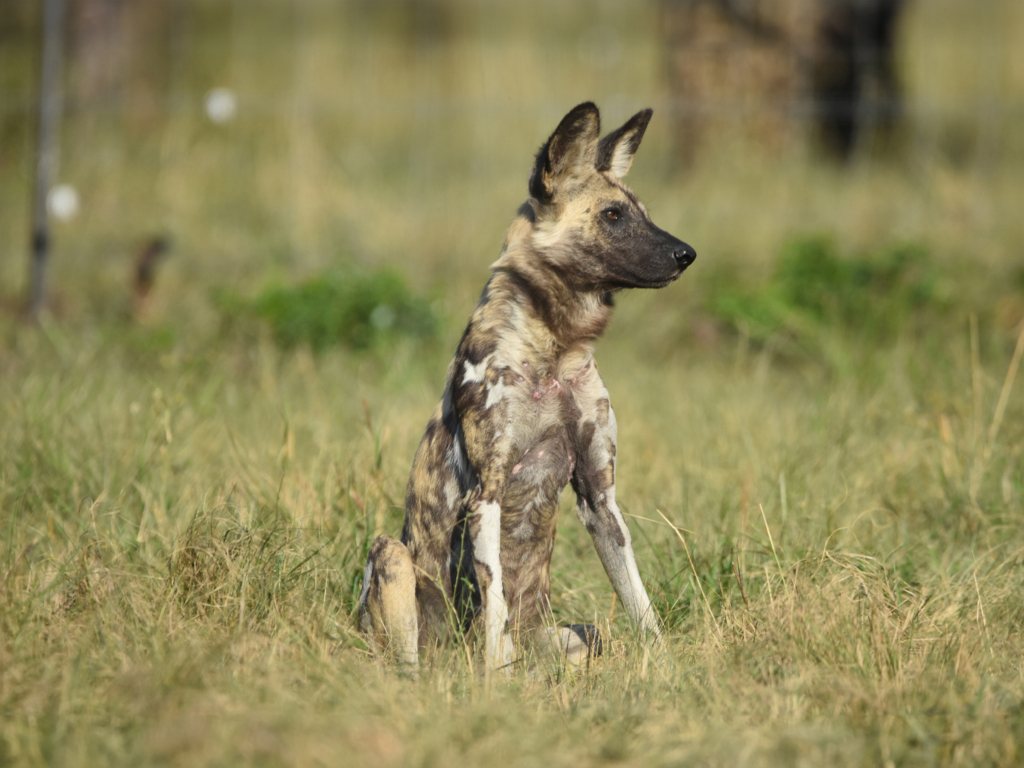Comprising of both an indoor building and outdoor paddock, this habitat is one of the few areas where you can see a range of different animals interacting as they would do out in the wild. You will have the chance to see reticulated giraffes, maneless zebra, white rhino, ostrich, crowned crane and greater kudu enjoying their savannah environment.
The inside area is also home to pygmy hippo, a variety of reptiles, birds, and fish species. There is also a lovely view from the balcony overlooking our outdoor paddock.
If you exit through the ground floor of the building, past the pygmy hippo habitat, you can choose to walk the two pathways that run alongside the paddock. Venture down Vulture Valley and discover our African vulture aviary housing vultures, or take the quieter pathway, Wilderness Walkway, and immerse yourself in nature before joining the Edge of Africa and Africa Plateau.
Please be aware that the Kingdom of the Wild building may close at least one hour prior to the zoo grounds.

Animals in Kingdom of the Wild
African Crowned Crane
Balearica regulorum gibbericeps
From: East Africa
Status: Endangered
Quick Fact: The African crowned cranes are recognisable from the stiff, golden feathers which sits on the top of their head.
Find me in: Kingdom of the Wild
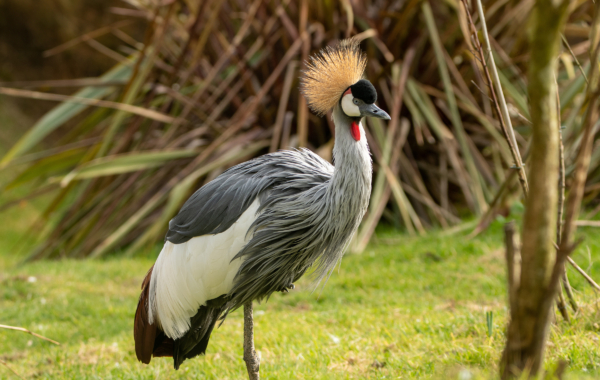
African Moony Fish
Monodactylus sebae
From: Atlantic Ocean
Status: Not Listed
Quick Fact: African moony fish can live in both fresh and salt water. Juveniles live in fresh or brackish water before moving to marine mangroves and reefs as they mature.
Find me in: Kingdom of the Wild
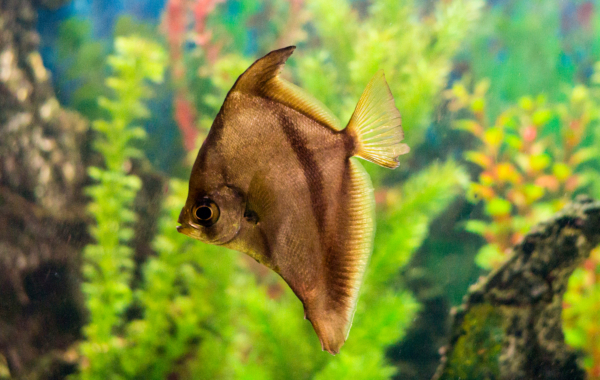
African Pancake Tortoise
Malacochersus tornireri
From: Southern Africa
Status: Critically Endangered
Quick Fact: Pancake tortoises have a thin, flat, flexible shell that enables them to crawl into narrow crevices, to flee from predators.
Find me in: Kingdom of the Wild
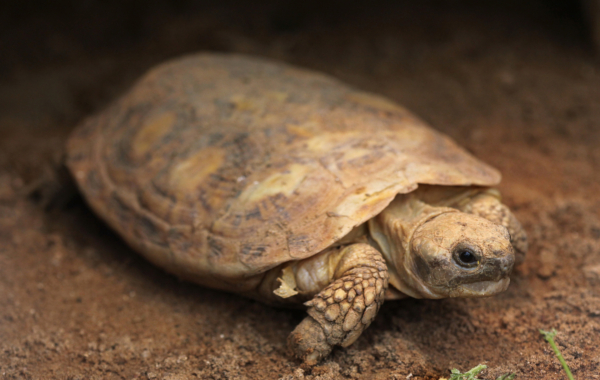
African Plated Lizard
Gerrhosaurus Validus
From: Southern Africa
Status: Least Concern
Quick Fact: The soles of the African plated lizard’s feet have black rubber-like balls; an adaptation to living on rocky outcrops.
Find me in: Kingdom of the Wild
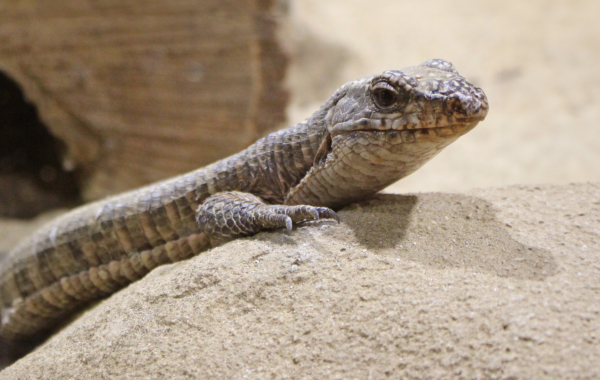
African Rock Python
Python sebae
From: Africa
Status: Near Threatened
Quick Fact: This snake is hunted for its meat and skin to make items such as handbags and belts.
Find me in: Kingdom of the Wild
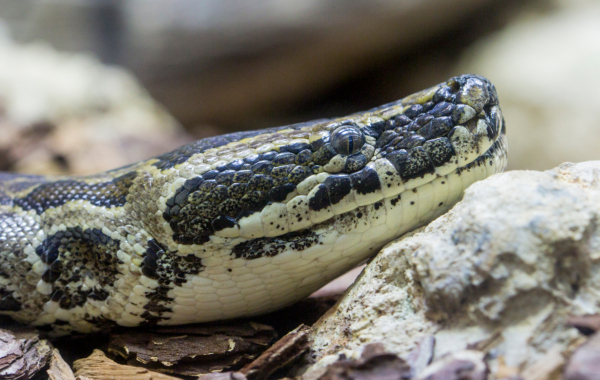
Black-headed Weaverbird
Ploceus cucullatus bohndorffi
From: Africa
Status: Least Concern
Quick Fact: Weaverbirds get their name from the intricate baskets nest that the males weave in trees. Females signal acceptance of a male and his nest by lining the nest with soft materials.
Find me in: Kingdom of the Wild
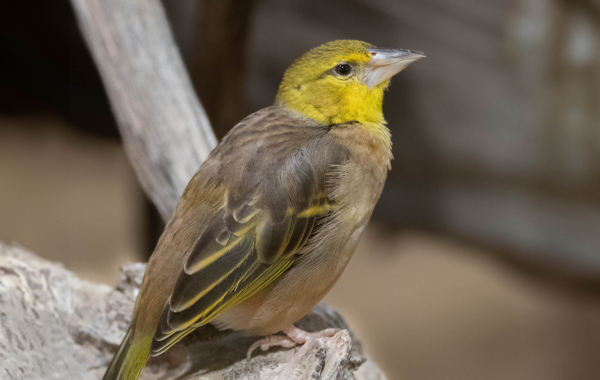
Blue-tongued Skink
Tiliqua scincoides
From: Australia and some islands in Indonesia
Status: Not Listed
Quick Fact: During confrontation, the blue-tongued skink can lose its tail should a predator try and grab it. When disturbed this skink sticks out its blue-tongue, puffs up its body and hisses loudly to frighten attackers.
Find me in: Kingdom of the Wild
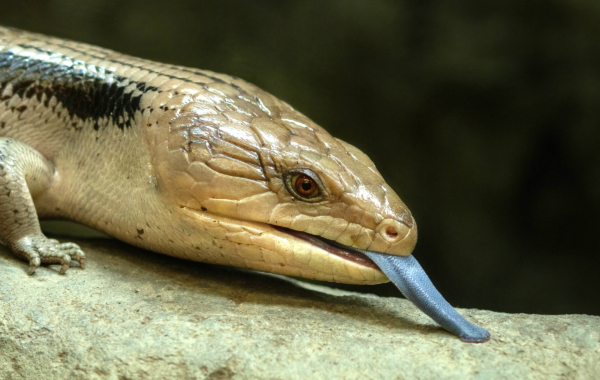
Clown Triggerfish
Balistoides conspicillum
From: Indo-Pacific Ocean
Status: Least Concern
Quick Fact: Triggerfish wedge themselves into crevices in coral using their spines. When the large forward spine is upright, the smaller one behind it (the trigger) can drop securing the fish in place.
Find me in: Kingdom of the Wild

Green Tree Skink
Lamprolepis smaragdina
From: South-east Asia
Status: Least Concern
Quick Fact: The green tree skink can shed its tail when threatened. The detached tail will continue to move as a means to distract the predator and allow the skink to escape.
Find me in: Kingdom of the Wild
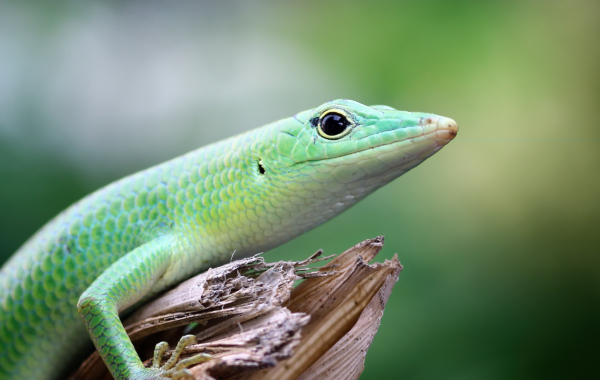
Lattice Soldierfish
Myripristis violacea
From: Indian Ocean
Status: Least Concern
Quick Fact: Soldierfish make sounds by grinding the teeth in their throat together and stretching muscles against their long gas bladders.
Find me in: Kingdom of the Wild
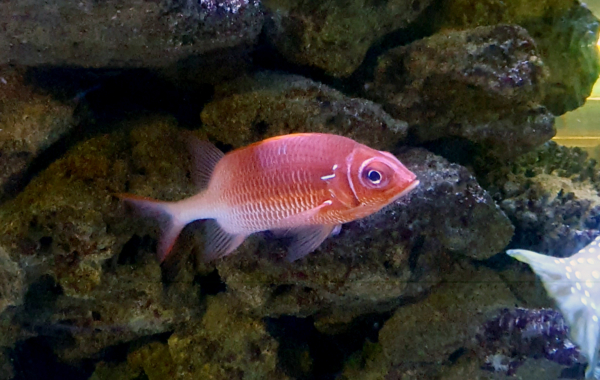
Leopard Tortoise
Stigmochelys pardalis
From: Eastern and Southern Africa
Status: Least Concern
Quick Fact: The leopard tortoise is the second largest land tortoise in Africa and the fourth largest tortoise in the world.
Find me in: Kingdom of the Wild
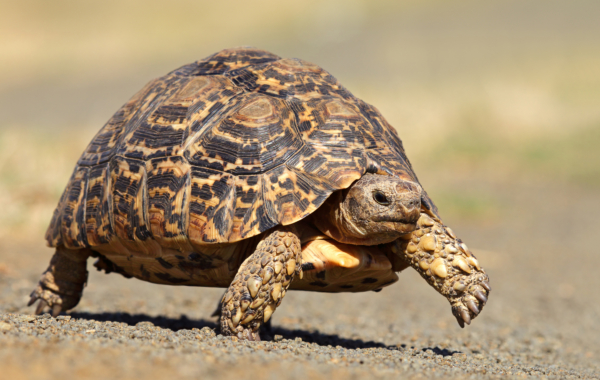
Madagascar Tree Boa
Sanzinia madagascariensis
From: Madagascar
Status: Least Concern
Quick Fact: Madagascar tree boas are medium-sized constrictors that use their powerful coils to kill their prey.
Find me in: Kingdom of the Wild
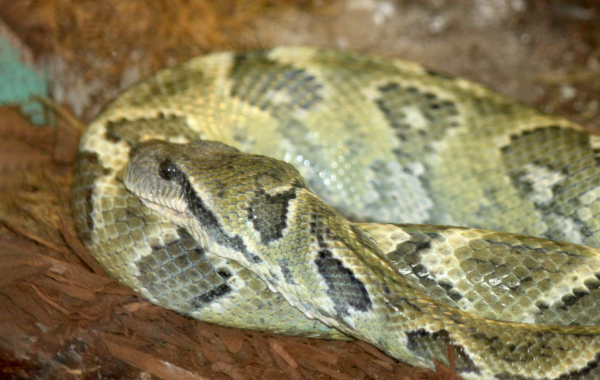
Maneless Zebra
Equus burchelli bohmi
From: Africa
Status: Near Threatened
Quick Fact: Each zebra has a unique stripe pattern that can be recognised by other family members!
Find me in: Kingdom of the Wild
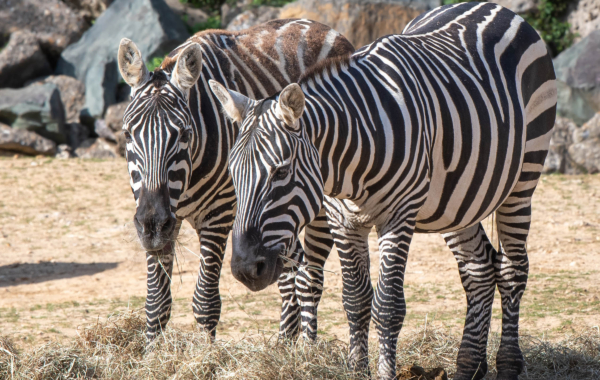
Ostrich
Struthio camelus
From: Africa
Status: Least Concern
Quick Fact: The ostrich is the only bird to have just 2 toes, one of which has a formidable 10 cm long claw!
Find me in: Kingdom of the Wild
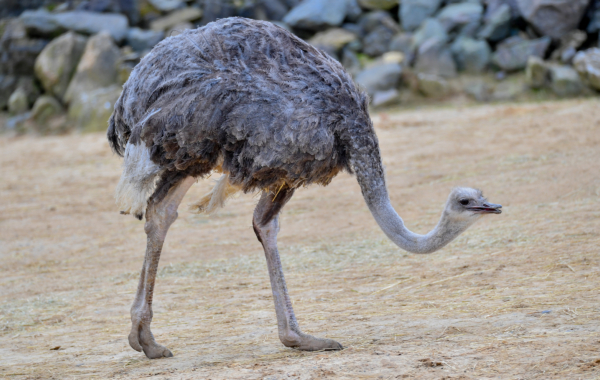
Pygmy Hippo
Choeropsis liberiensis
From: Africa
Status: Endangered
Quick Fact: The pygmy hippopotamus spends the day in water and emerges when they are hungry and will feed on fruits, leaves, roots and grasses.
Find me in: Kingdom of the Wild
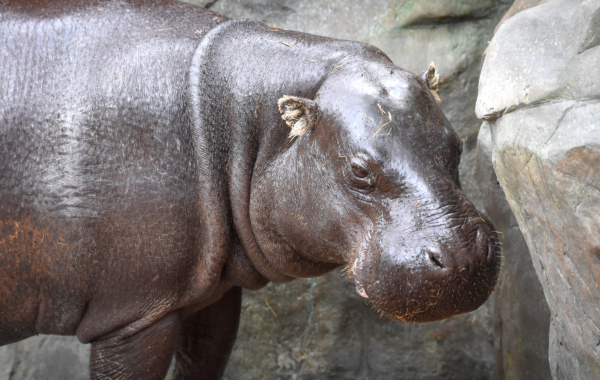
Radiated Tortoise
Astrochelys radiata
From: Madagascar
Status: Critically Endangered
Quick Fact: Males initiate courtship by head-bobbing and smelling the female’s hind legs. They then circle the female and butt her shell.
Find me in: Kingdom of the Wild
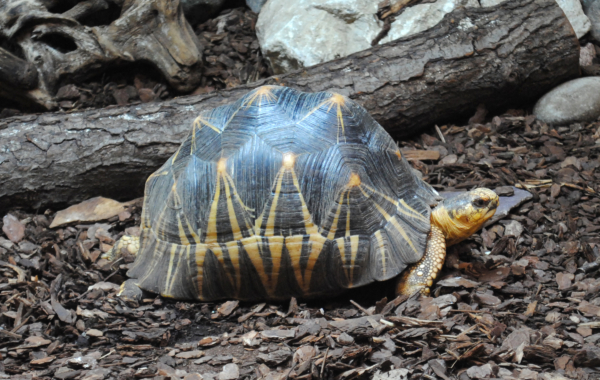
Reticulated Giraffe
Giraffa camelopardalis reticulata
From: Northeastern Kenya
Status: Least concern
Quick Fact: With their 45cm prehensile, black tongue, the giraffe can eat up to 134kg of leaves a day!
Find me in: Kingdom of the Wild
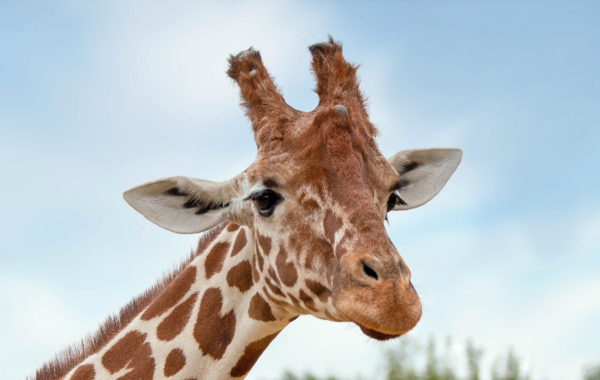
Snowflake Moray Eel
Echidna nebulosa
From: Pacific Ocean
Status: Least Concern
Quick Fact: Female Moray eels can release 10,000 eggs at a time near the surface of the water. Once fertilised, they hatch into larvae and drift among plankton.
Find me in: Kingdom of the Wild
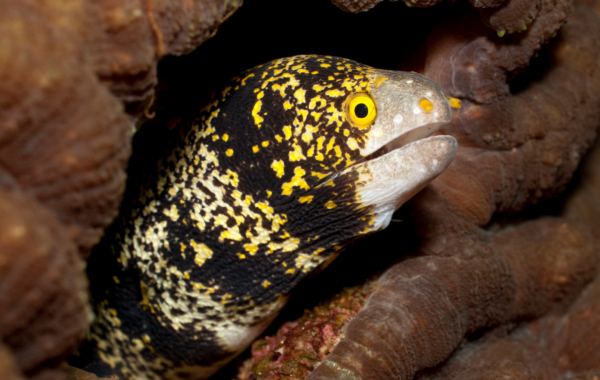
Southern White Rhinoceros
Ceratotherium simum simum
From: Africa
Status: Near Threatened
Quick Fact: The southern white rhinoceros is the largest of the five species of white rhino and one of the world’s biggest land animals.
Find me in: Kingdom of the Wild
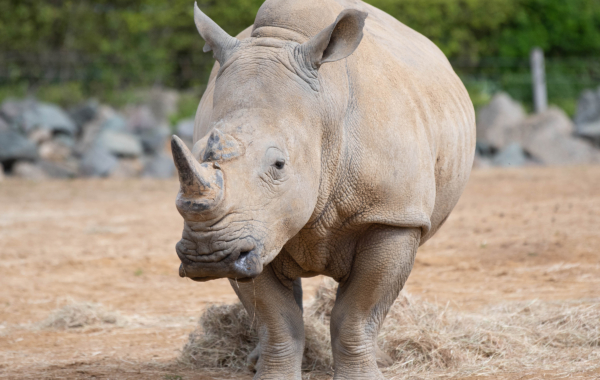
West African Mud Turtle
Pelusios castaneus
From: Africa
Status: Least Concern
Quick Fact: Despite its poorly webbed limbs, this turtle is a relatively good swimmer, often seen at the bottom of the water, digging for something to eat.
Find me in: Kingdom of the Wild
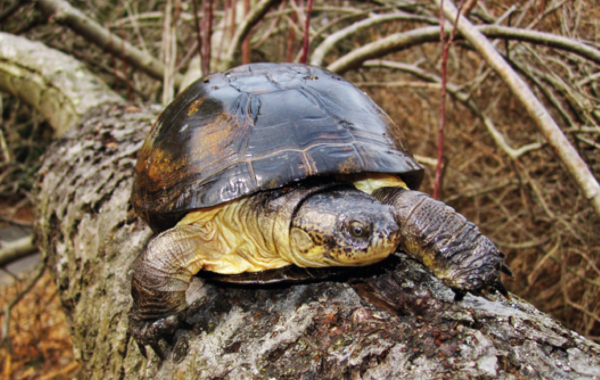
White Spotted Puffer
Myripristis violacea
From: Indo-Pacific Ocean
Status: Least Concern
Quick Fact: Pufferfish can inflate their abdomens with water to deter predators. They produce deadly toxins in their reproductive glands, skin and liver.
Find me in: Kingdom of the Wild
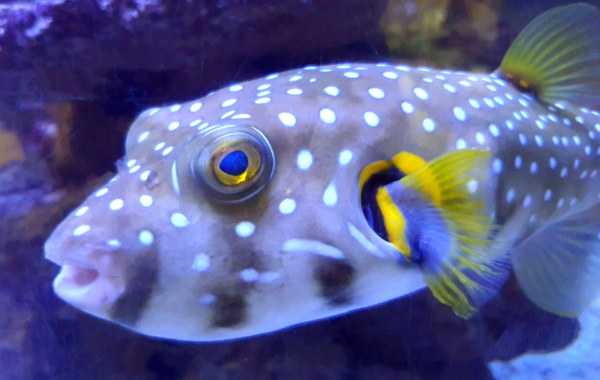
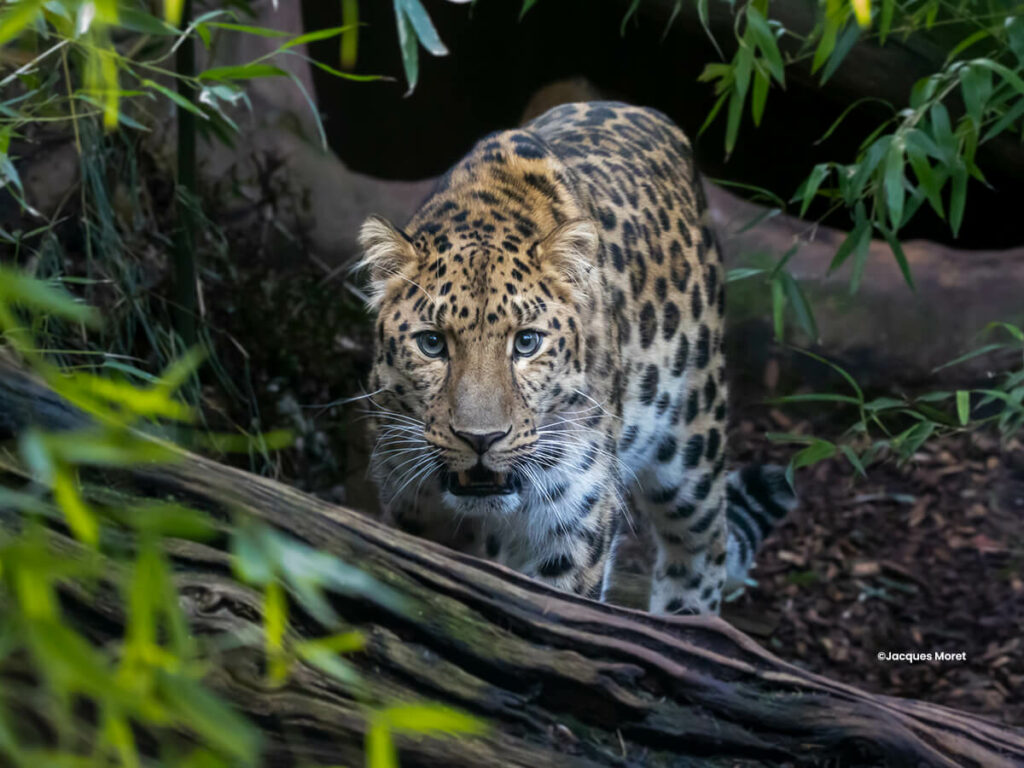
Adopt an animal at Colchester Zoo
You will be helping to fund our work, as well as our charity, Colchester Zoological Society, which assists conservation projects all over the world!

